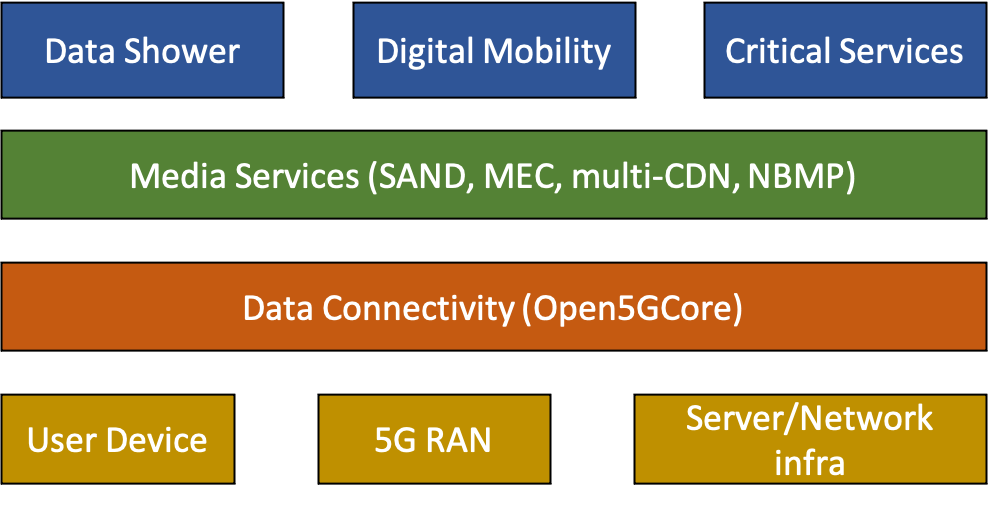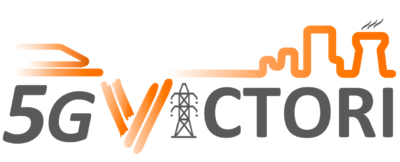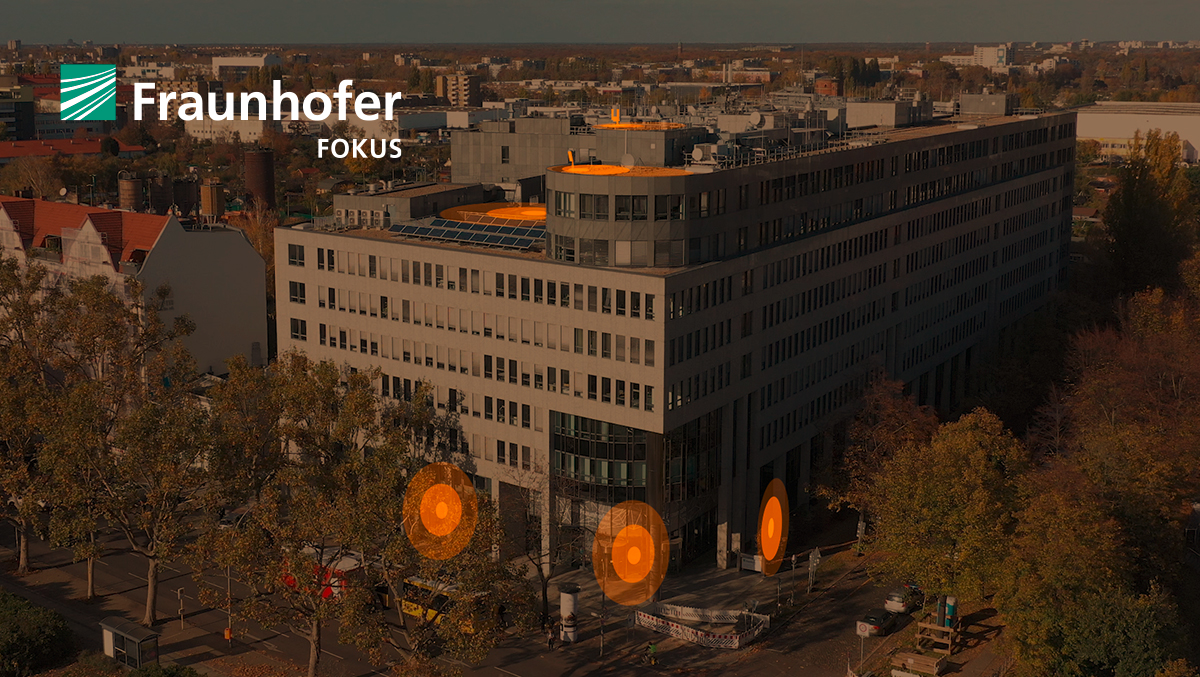5G For Optimizing Media Delivery in Mobile Environments by Fraunhofer FOKUS
Within the 5G-VICTORI project, the Fraunhofer FOKUS Business Units Software-based Networks (NGNI) and Future Application and Media (FAME) work on optimizing the media delivery in 5G networks in mobile environments (railways) to support applications like “Data Shower”, “Digital Mobility” and “(Rail) Critical Services”.

5G Testbeds for research
The Fraunhofer FOKUS business unit Software-based Networks (NGNI) contributes its expertise with 5G testbed deployments to enable the use cases in 5G-VICTORI. The already existing testbed at FOKUS – our 5G Playground – is an open testbed designed to enable innovative product prototyping in a realistic, comprehensive 5G end-to-end environment, including calibration, benchmarking and interoperability tests between new prototypes and products.
The 5G Playground is an open testbed designed to enable innovative product prototyping in a realistic, comprehensive 5G end-to-end environment, including calibration, benchmarking and interoperability tests between new prototypes and products.
End-to-end connectivity with Open5GCore
To enable further 5G campus deployments and testbeds, NGNI leverages their in-house developed Open5GCore 5G core network software. Development of the Open5GCore software evolves alongside the various testbed projects to support an increasing variety of 5G use cases. The Open5GCore’s compatibility with an increasing variety of available 5G radio access equipment from multiple vendors as well as support for non-3GPP-standardized radio access technologies allow it to be deployed in a wider range of environments.
Among other functionalities, the 5G Core network is responsible for maintaining an end-to-end layer of connectivity from mobile devices to application servers. This allows a wide variety of applications or additional optimization layers to run on top to support new 5G use cases.
Media Delivery in Dense Mobile Environment
The Fraunhofer FOKUS Business Unit Future Application and Media (FAME) works on solutions for optimizing the delivery workflow of live and on-demand content to a variety of devices and platforms while maintaining the best user experience. The intelligent processing, encoding, packaging, storage, caching, low-latency streaming, monitoring and multi-device playback are the most relevant aspects that need to be taken into consideration. With the active participation in the most relevant standardization organizations for the media industry such as DASH-IF, CTA, HbbTV and W3C, we can ensure the solutions we provide are standard compliant and work smooth with other existing solutions via well specified interfaces. The organizations behind 5G (like 3GPP and others) consider also “Media Streaming” as one of the most relevant verticals with a variety of optimization compared to older generations like higher bandwidth and lower latency as well as new added capabilities like mmWAVE, software defined networks (SDNs), network slicing and 5G edge computing. In the following, we will describe how these new 5G capabilities are utilized to optimize the media delivery in 5G Networks and mobile environments like trains.
Data Shower and Multi-CDN
Streaming services usually deliver their content via content delivery networks (CDNs). These are caches at strategic nodes of the Internet. These caches hold copies of content to optimize the media delivery to end-users. CDNs enable a higher level of service reliability and can be designed to optimize the distribution of network load and transmission costs. The Data Shower approach we are developing in 5G-VICTORI extends the streaming service’s CDN to trains by equipping them with caches which are filled with content via wireless data links utilizing mmWAVE connectivity. This allows us to transfer media content from the CDN cache at the train station into the cache in the train with remarkably high data rates. Data showers are installed at selected locations along the train route – initially at train stations. The Berlin Central Station, a facility of Deutsche Bahn, is considered to validate this use case under real conditions using an on-demand video catalogue (Mediathek) offered by the German public broadcaster RBB, which are both partners of the 5G-VICTORI Project. PaxLife Innovations which offers a platform to create, deploy and manage applications that run on public transport will support this use case as well.
Streaming Monitoring and Analytics via MPEG-SAND
To ensure the reliability of the End-to-End Streaming workflow (Encoding, Packaging, Delivery, Playback), it is important to have the right instruments to monitor the entire workflow. For this purpose, our FAMIUM DASH solution is used. It supports MPEG-SAND, specified in ISO/IEC 23009-5, which defines standardized message formats for communication between server, client and network elements involved in the streaming process of MPEG-DASH. SAND-capable components can exchange real-time information of network and server components, as well as player behaviour and performance data. It will be integrated in the core of the 5G Network and in the player (ARD Player used in the RBB Mediathek) supporting shared resource allocation and fair bandwidth sharing of multiple streaming clients competing for bandwidth in the same network.
Edge Computing and Network Based Media Processing
In this use case we demonstrate the utilization of Edge Computing capabilities of 5G for offloading processing-heavy media processing applications like AR/VR to the Edge by rendering the current user’s view remotely (on the Edge). The Ultra-Low Latency (ULL) capability in 5G between UEs and Edge nodes is essential to enable such kind of use cases. Real-time communication protocols like WebRTC and video codecs like H265 and VP9 will be evaluated, and the optimal configuration will be taken into consideration. For the deployment, we will make use of the state-of-the-art standard Network-Based Media Processing (NBMP) which enables offloading processing to the network/cloud. An NBMP Workflow can be understood as a connected graph of media processing tasks, each of which performs a well-defined media processing operation. In this use case, we adopted the NBMP standard to include Edge deployment in addition to cloud and on-promise deployments. This way, the distribution of the workflow between Cloud/Edge/On-premises is just a matter of re-configuration.





